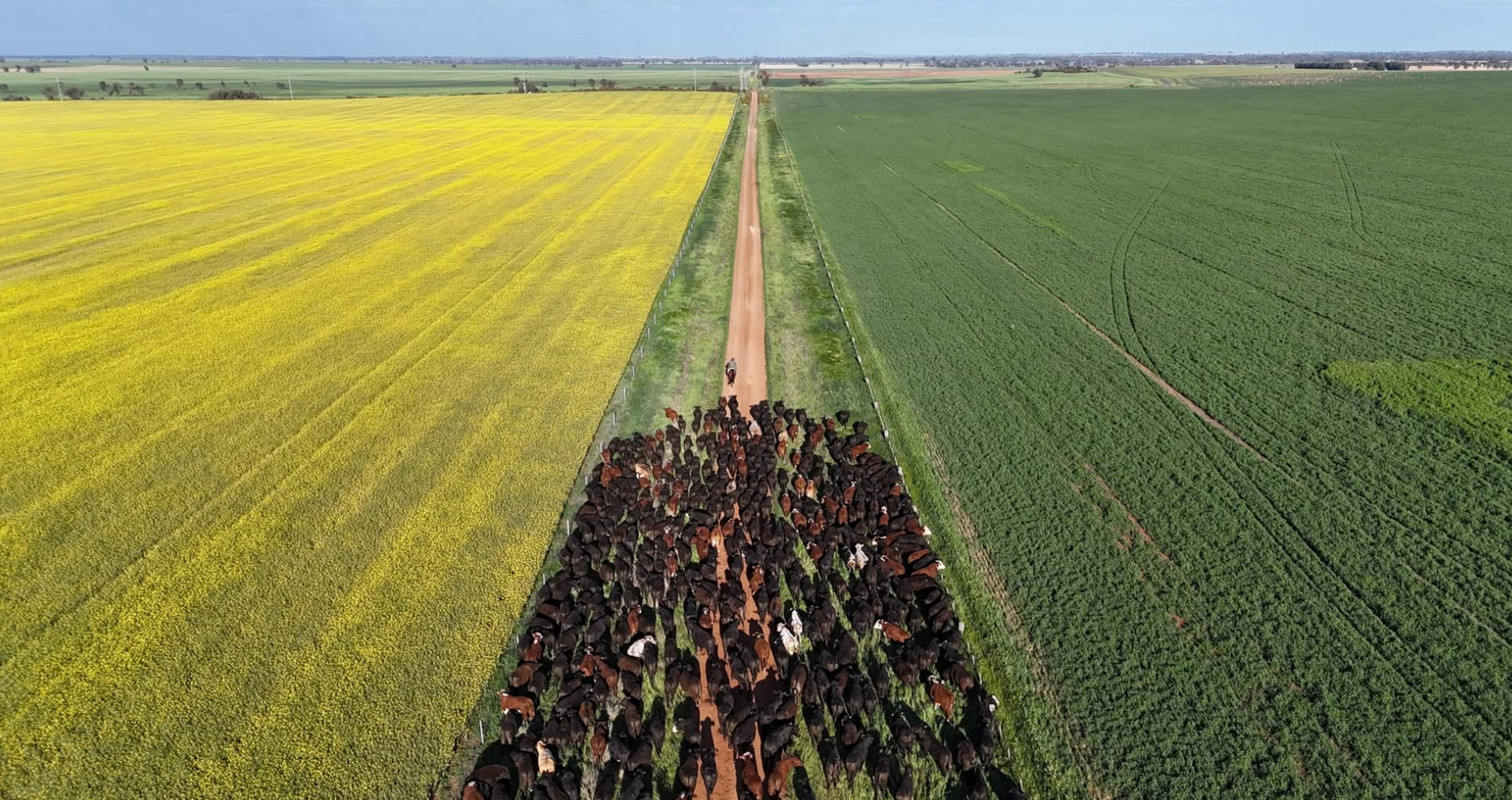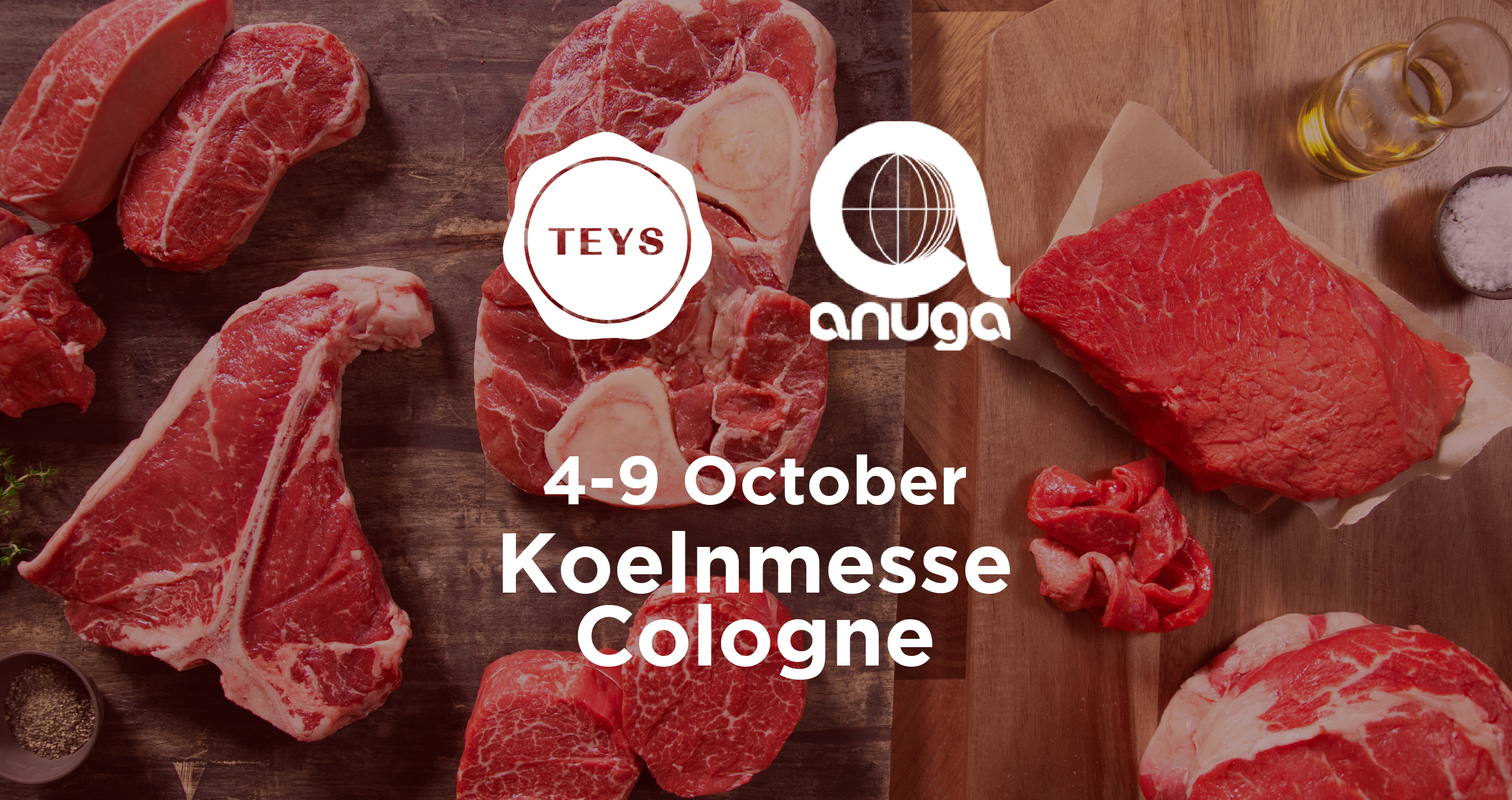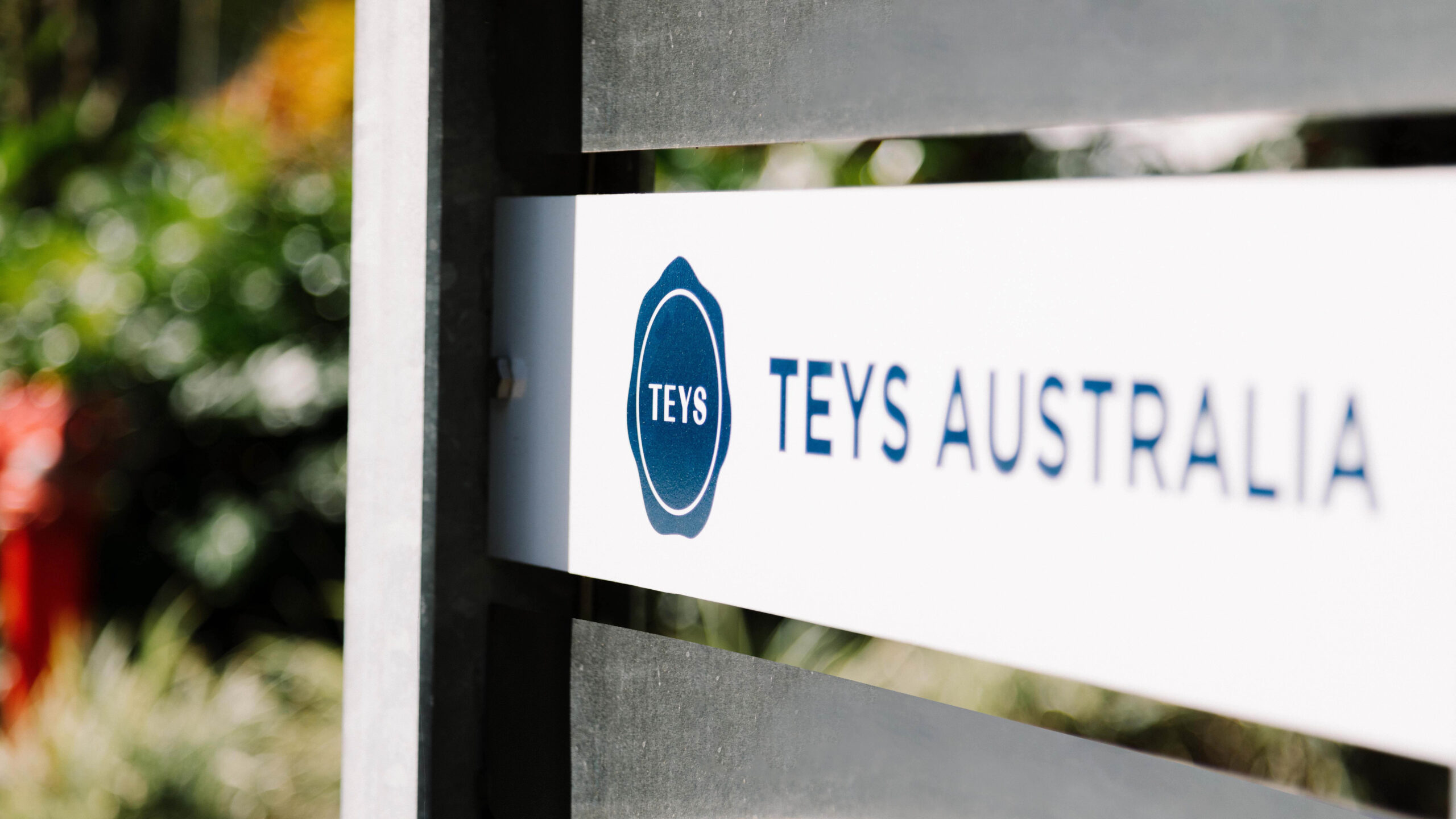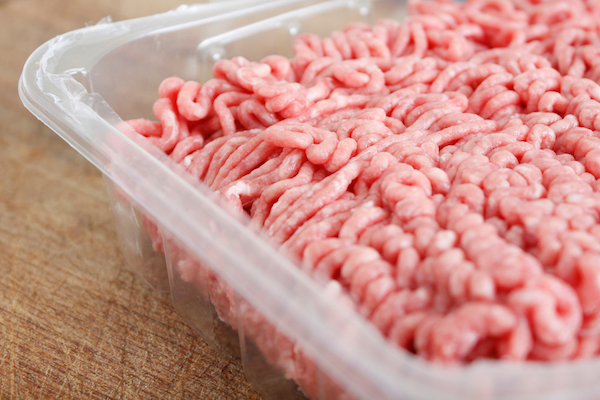
Choosing Your Mince
The Cut
For most recipes, ground chuck is a great choice. Chuck has robust flavour and just the right amount of fat – enough to make the beef juicy, but not so much that you are left with very little meat when the mince is cooked, always ask your local butcher for their advice too.. If you are buying your mince at a supermarket it is easy to check the fat content on the nutritional information panel. Bare in mind that lean mince can become dry when overcooked, so you’ll need to keep a an eye on your cooking.
The Fat
Leaner mince is the preferred choice when it comes to health, but mince with higher fat will produce better results in some recipes. We recommend that you go for:
- Lean mince for minced meat sauces, i.e. bolognese.
- Mid-range fat content for burgers, meatballs, kofta and meatloaf – the extra fat will keep the meat moist.
If you cook with mince that has a higher fat content, we suggest that you spoon off excess fat as you brown the mince.
The Packaging
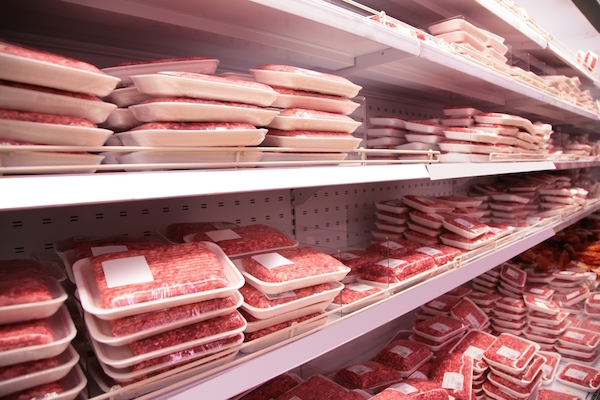
Here are some tips for selecting your mince at the supermarket or butcher:
- Do not buy mince with damaged packaging.
- Make sure that the package is chilled.
- The meat should be a bright red cherry colour. The centre of the mince may be a little brown – this is due to the product interaction with oxygen and is not something to worry about. If the meat is brown/grey all-over, it has begun to spoil.
- Always check the expiration date.
Storing your mince
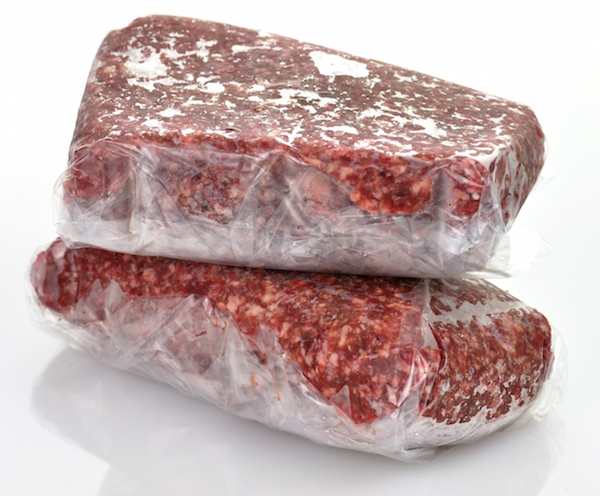
- Do not store fresh mince any longer than necessary. Refer to use-by dates for packaged mince and use well within that time.
- Freeze mince you don’t intend to use. Mince can be frozen for 2 to 3 months. Rather than freezing un-packaged mince in a roundish shape as bought from the butcher, lay it out flat to freeze. This allows the mince to both freeze and thaw evenly.
- Thaw frozen mince (or any meat) slowly in the fridge, away from any ready-to-eat food.
- Use extra care with frozen mince. Its greater exposed surface area of meat means it should be cooked as soon as possible after defrosting.
- Only thaw mince in the microwave if you’re cooking the mince immediately after.
- Never refreeze thawed mince (or any meat).
Cooking your mince
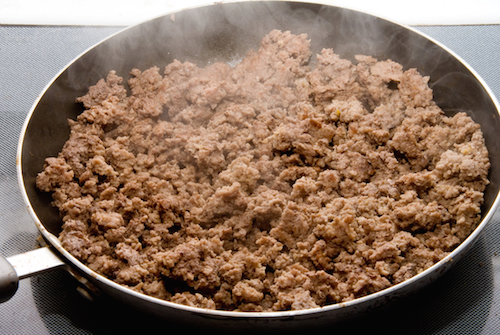
It is essential that you cook beef mince thoroughly – it should never be served as anything but well done.
*
This information is adapted from Beef and Lamb and The Spruce. Now that you know how to select, store and cook mince, here’s one of our favourite mince recipes.
 Return to News
Return to News


